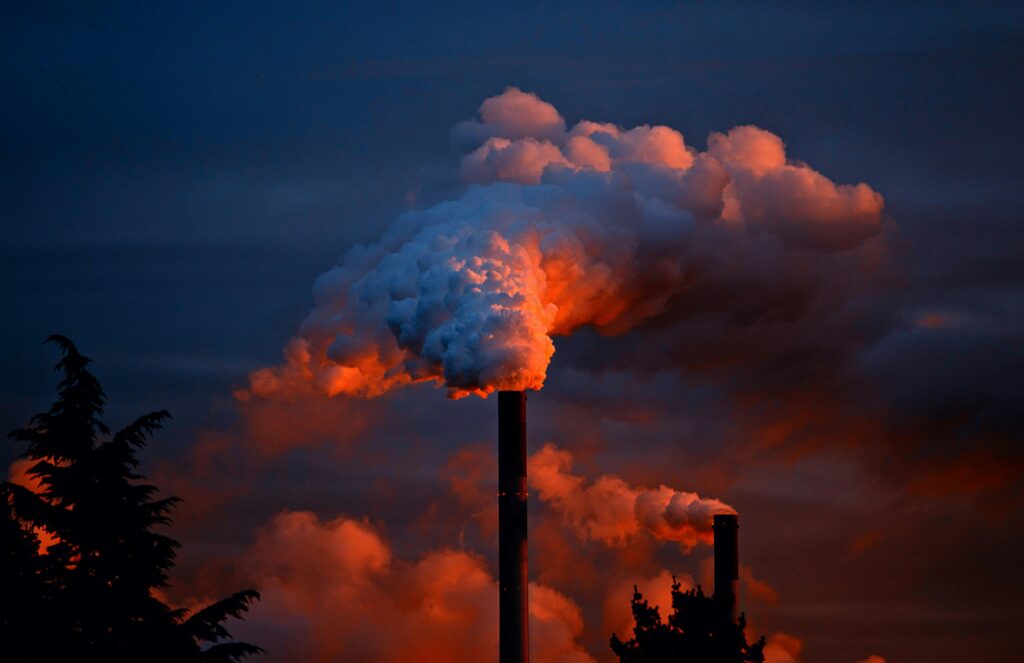Climate change contributes to 3,700 deaths and displacement of millions
Record-breaking global temperatures in 2024 caused heatwaves, drought, wildfire, storms and floods, killing thousands of people and forcing millions from their homes, according to a report by World Weather Attribution and Climate Central.

In 2024, extreme weather reached unprecedented levels, with record-breaking temperatures triggering relentless heatwaves, droughts, wildfires, storms, and floods that claimed thousands of lives and displaced millions. This year of exceptional weather highlights the growing dangers of a world already experiencing 1.3°C of human-induced warming, underscoring the urgent need to transition away from fossil fuels to mitigate further planetary damage.
Climate change was responsible for the deaths of at least 3,700 people and the displacement of millions across 26 extreme weather events in 2024. These events represent just a small fraction of the 219 major incidents that met our criteria for impact, suggesting that the actual death toll, linked to climate change-driven weather disasters, may be in the tens or even hundreds of thousands.
According to new analysis by Climate Central for World Weather Attribution, climate change added an average of 41 more days of dangerous heat in 2024, threatening public health. Small island nations and developing states, already on the frontlines of climate change, were most affected. This analysis also highlights the underreported, widespread impacts of extreme heat, which remain poorly understood.
While El Niño contributed to many extreme events early in the year, studies indicate that climate change played a larger role than El Niño in driving these disasters, such as the historic drought in the Amazon. This aligns with the growing reality that, as the planet warms, human-induced climate change increasingly dominates the forces shaping extreme weather.
Record global temperatures in 2024 also led to record rainfall and widespread flooding. Cities like Kathmandu, Dubai, Rio Grande do Sul, and areas in the Southern Appalachians experienced devastating floods. Of the 16 floods we studied, 15 were exacerbated by climate-change-driven rainfall. This reflects the basic physics of climate change: a warmer atmosphere can hold more moisture, resulting in heavier downpours. Poor early warning systems and evacuation plans contributed to high death tolls, while flooding in Sudan and Brazil emphasised the urgent need to upgrade flood defences.
The Amazon rainforest and Pantanal Wetland suffered severe droughts and wildfires in 2024, leading to significant biodiversity loss. As the world’s most important carbon sink, the Amazon’s health is crucial to global climate stability. Protecting these ecosystems through efforts like halting deforestation would help buffer them against the impacts of drought and wildfire, as dense vegetation helps retain moisture.
Warmer seas and air fuelled stronger storms in 2024, including Hurricane Helene and Typhoon Gaemi. Research shows that climate change has intensified many storms, increasing wind speeds and rainfall. A study by Climate Central revealed that human-induced warming increased the intensity of most Atlantic hurricanes between 2019 and 2023. Of the 38 hurricanes analysed, 30 were at least one category stronger than they would have been without climate change, and the risk of multiple Category 3-5 typhoons hitting the Philippines is rising as the climate continues to warm

